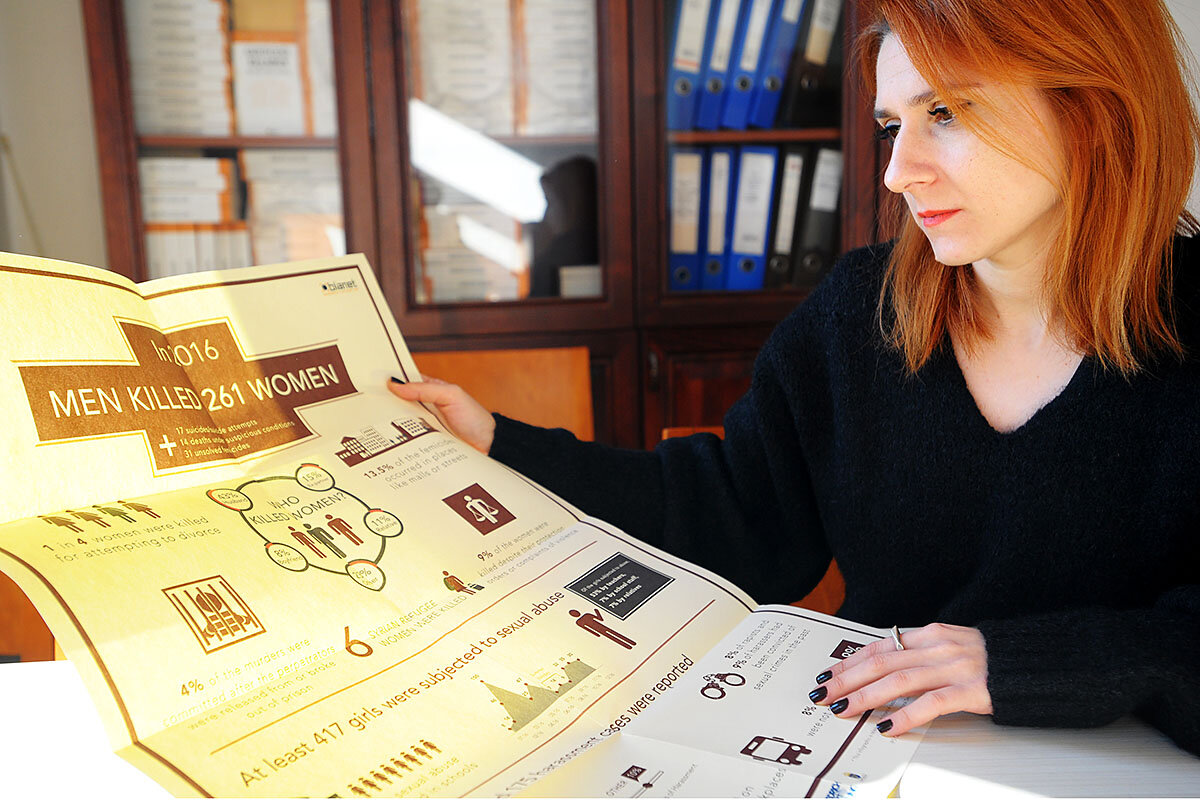Tariffs are controversial. But our story on the Trump administration's action against solar panel makers notes that even US firms that didn't like it felt heard. And the steps were characterized as measured. That sustains engagement in the ongoing search for a path forward.
Monitor Daily Podcast
- Follow us:
- Apple Podcasts
- Spotify
- RSS Feed
- Download
 Amelia Newcomb
Amelia Newcomb
The annual meeting of the World Economic Forum (WEF), to which US President Trump travels today, is nothing if not elite. It’s held in the Alpine Swiss resort of Davos. Its some 3,000 attendees hail from the highest echelons of business, academia, and politics. And then there’s “Davos man” – the term coined by the late political scientist Samuel Huntington for a “gold-collar worker.”
But this year, there are signs of a shift in how that elite looks at the world beyond its sightlines – a world whose struggles with conflict, inequality, and climate the WEF has long tasked itself with trying to ameliorate.
Can we point now to a “Davos woman?" Women still make up only 21 percent of the forum. But for the first time, its seven co-chairs are women – by nomination, not predetermined design. Their day jobs are leading the International Monetary Fund, the European Organization for Nuclear Research, the International Trade Union Confederation in Belgium, IBM, Engie, the Mann Deshi Mahila Bank, and Norway. Also for the first time, Davos will address sexual harassment, as well as issues that constrain both women and men.
Can we reconsider the ways that we measure economic progress? Thinking beyond gross domestic product, the WEF’s Inclusive Development Index 2018 embraces criteria that sound more familiar to the average family – income, work, quality of life. A shift in priorities, it argues, could “spread [growth’s] benefits more widely” in both advanced and emerging economies.
The report argues that “what gets measured gets managed.” What gets measured is one gauge of what we value in the world. At Davos, that world appears to have expanded this year.
Now to our stories, which illustrate the power of perseverance, from Istanbul to Barcelona to Denver.











